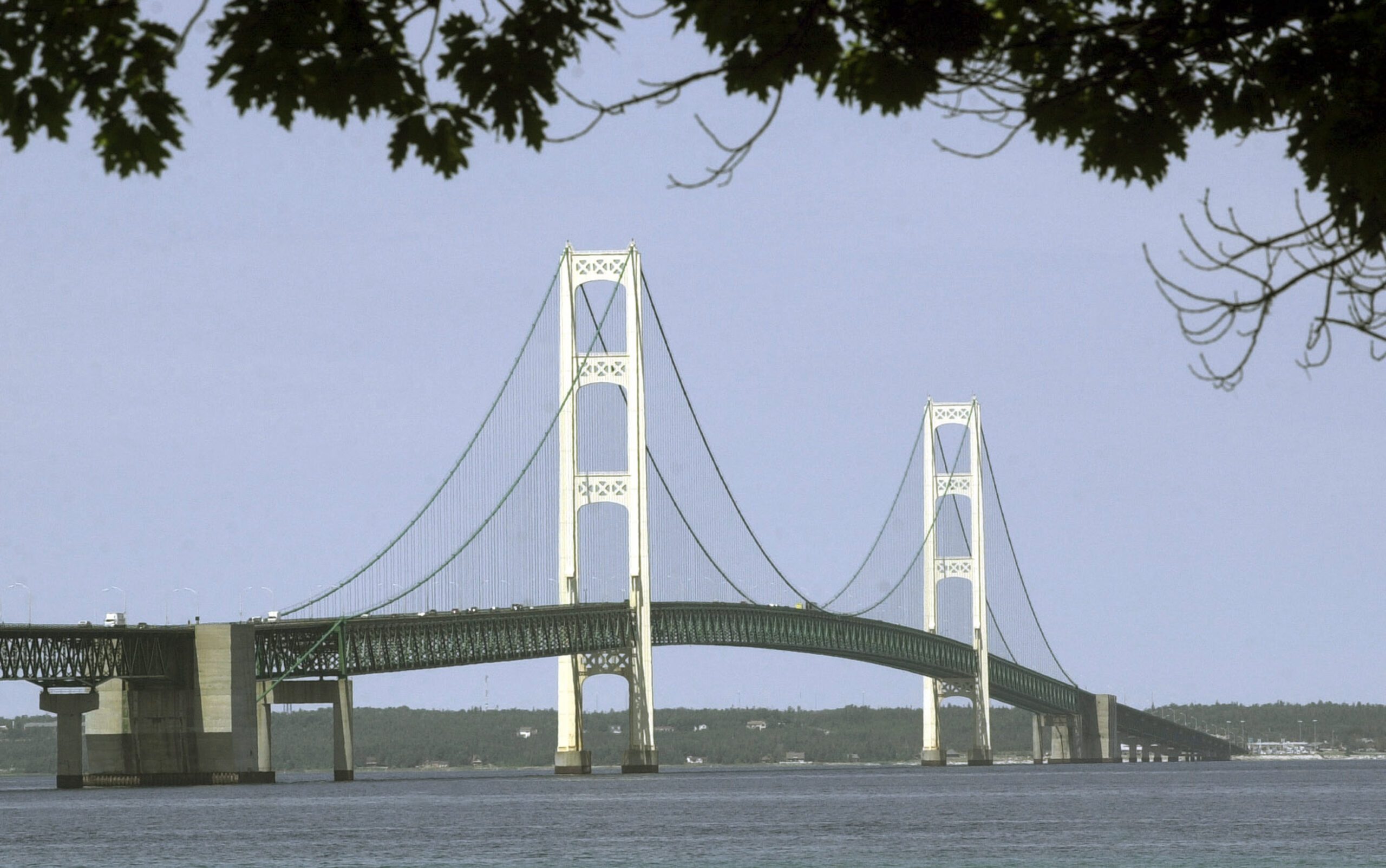Green Light Ahead: Army Corps Accelerates Line 5 Tunnel Environmental Clearance

In a significant development for energy infrastructure, the U.S. Army Corps of Engineers is set to unveil its draft environmental review in June for a massive $750 million tunnel project designed to protect Enbridge's critical Line 5 pipeline. This ambitious engineering endeavor aims to address environmental concerns and ensure the continued safe transportation of petroleum products through a strategically designed underground passage.
The proposed tunnel represents a substantial investment in modernizing energy transportation infrastructure, potentially resolving long-standing debates about the pipeline's environmental impact and operational safety. By moving the pipeline underground, the project seeks to mitigate potential risks to the surrounding ecosystem and provide a more secure method of transporting essential energy resources.
Stakeholders from environmental groups, energy companies, and local communities are eagerly anticipating the release of the draft environmental review, which will offer detailed insights into the project's potential ecological implications and proposed mitigation strategies.
